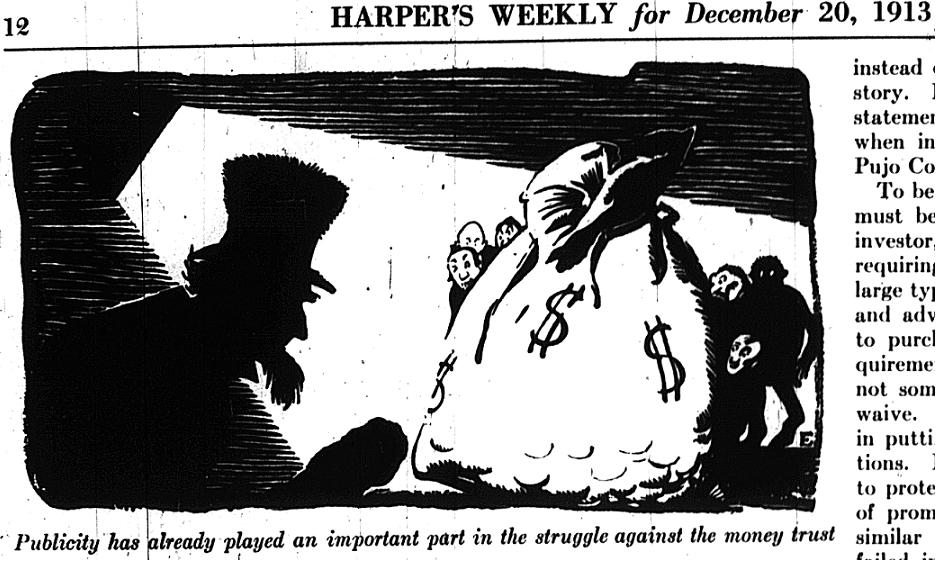Sometimes, in the library, information seeks you.
Books on the hold shelf come wrapped in sheets of paper fastened with rubber bands. This is next to the self-checkout machine.

Self-checkout has its perils.

So do certain kinds of micro- readers. I think this is in front of a microcard reader. I’ve never used it; I guess it’s bad for the fiche. The back walls of the carrel are adorned with melted fiche, but I couldn’t get a good shot of them.

You have to be very careful when you use these machines. Smart thieves know to strike just when you’re leaning forward, nauseous, squinting at blurry text.

It wasn’t easy shooting these signs, especially since I was just messing around and not putting a lot of effort into it. As I said in an earlier post, I don’t really know how the camera works, so I don’t know why there were times when I’d click and it wouldn’t shoot any picture at all. I assume it had something to do with the ambient lighting; in a lot of places the overhead lights, or sun from the window, or reflections, or the contrast between the edge of the wall of a desk or carrel and the open space beyond, may have thrown off the “auto” feature. After clicking a bunch of times trying to capture that burglar sign and failing to get anything, I decided to test the camera by turning it so that it would catch only objects inside the carrel walls, and this is what I ended up with. It might be the best photo I have.

I don’t know why someone went to the trouble to create a pink insert with the word “pink” on it. All the other signs I’ve seen in the area read “GREEN” (which is covered up here); but so few people use these carrels as they’re intended I don’t even know what the actual tabs and flags look like. I don’t think I’d want to leave my books on an unlocked shelf.

That’s a typical-looking basement desk. The upper-floor desks look nicer, but there’s more graffiti. Here at a fifth floor desk, there’s no hiding the writing from the flash. I wonder if it came after the sign was put in.

This sixth-floor desk has no such sign and look what happened. I wonder if anyone knows what kind of citation style this is? I can’t figure out what’s so significant about Bush, 2007 and Obama, 2009.

Back in the basement, this appears to be the good cop/bad cop strategy applied to movable shelving instructions. Too bad they didn’t give that guy a word-bubble in comic sans.

This sign always cracks me up. There’s one near the computer group on the second floor too. Kids these days.

This last photo is from the other main library, the one I don’t go to very often because it doesn’t have as many social sciences and humanities books. That library is pretty boring, signage-wise, but there’s a great view from the stairwell. You just have to keep moving while you enjoy it. I had some trouble blocking the reflection on this one; it was another clear, well-lighted day today.

I would assume that if there were a fire, the people sitting in the stairwell would simply be the first to leave, but who am I to question a sign? In the real world, just as it is on the internet, the best arguments are made in ALL CAPS.














